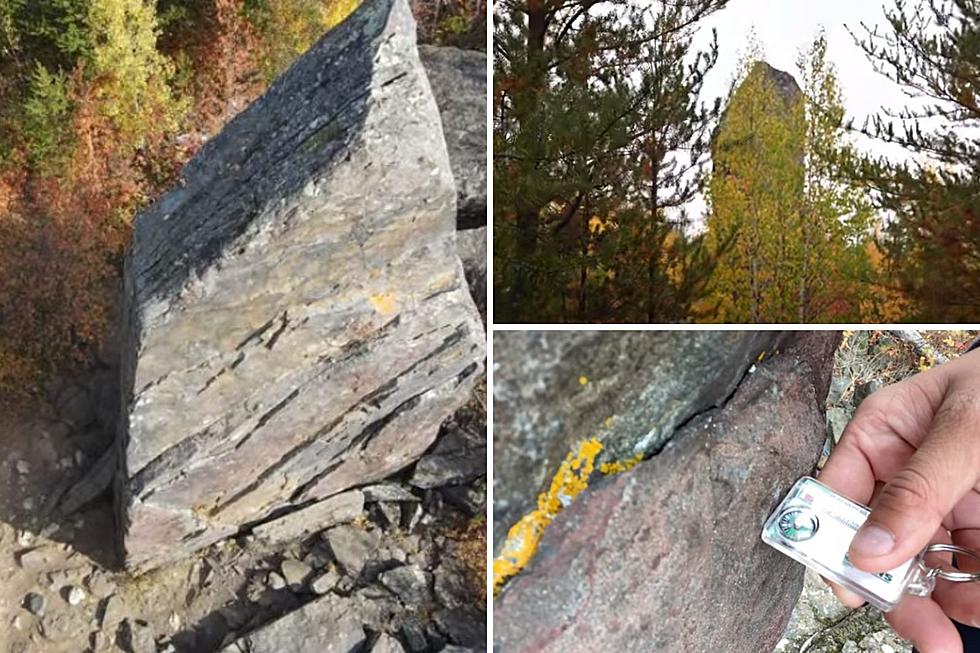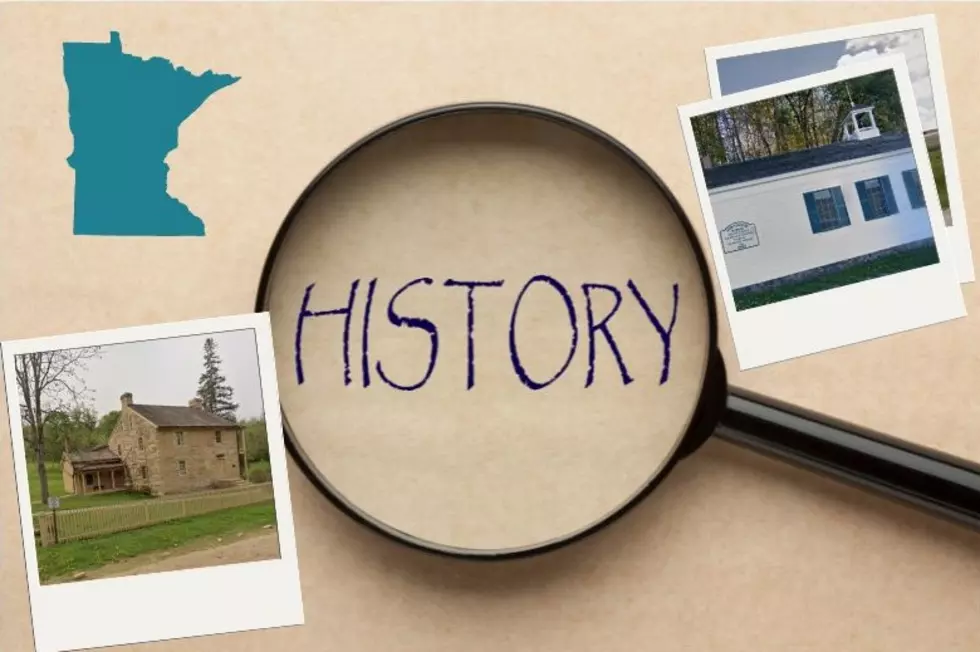
Use ‘Low-Salt’ Diet on Snow and Ice
The winter snow and ice has arrived so it is time once again to consider how you can keep your sidewalks and driveways safe while protecting our aquatic neighbors. Before you rush out to stock up on snow and ice control products, please consider a “low-salt diet” for the sake of the environment. Just one teaspoon of deicing salt in 5 gallons of water is toxic to aquatic life! Plus, all de-icing products have a minimum temperature when they will be effective. For example, 15⁰F is too cold for salt. Read labels and match the product to the conditions.
What many people don’t realize is that when snow and ice melt, whatever products we have spread on our paved surfaces will wash into the nearest storm drain, through the storm sewer, and into our lakes and rivers. Unlike many other types of pollutants, the stormwater ponds located throughout the City cannot treat dissolved pollutants like salt. Therefore, even though you cannot see these chemicals, they are polluting our waterways. Research indicates that 78% of salts applied to pavements are retained in area water bodies! (University of Minnesota & Minnesota Department of Transportation) While the majority of these products are coming from the treatment of roads and highways, residential practices also contribute to the problem.
As you cope with the icy facts of winter, consider your options for keeping sidewalks, driveways, and parking lots safe AND minimizing your impact on water quality.
- Always shovel or plow prior to applying chemicals, thus reducing the amount of product you need to apply.
- Carefully read product labels to ensure its proper use. Pavement temperature, not air temperature, determines when deicers can melt ice.
- Apply products only in areas where they are needed, such as slopes and high traffic areas.
- Consider using products called Abrasives to create temporary traction on icy walkways when it is too cold for deicing products to work. Abrasives include sand, cat litter and saw dust. Don’t be tempted to apply a deicer with an abrasive as this combination will reduce the effectiveness of the deicer.
- Round pellet shaped deicers work faster because they melt vertically. Broadcast spreaders like the one in the picture apply pellets in a uniform manner, thus reducing the amount of product required.
- Deicing products should not be used to completely remove snow and ice, but rather to make mechanical removal easier. Old-fashioned elbow grease is the ticket to dry pavement!
- If you sweep up your abrasives after a storm, you will prevent them from being washed to the storm drain AND you will have them ready for treating the next snow event.
Thank you doing your part in keeping our waterways clean!
Reminder for Rochester Residents: When the snow is here, you have 24 hours to clear your sidewalks and paths!
Learn more at: http://www.rochestermn.gov/departments/public-works
More From KROC-AM










